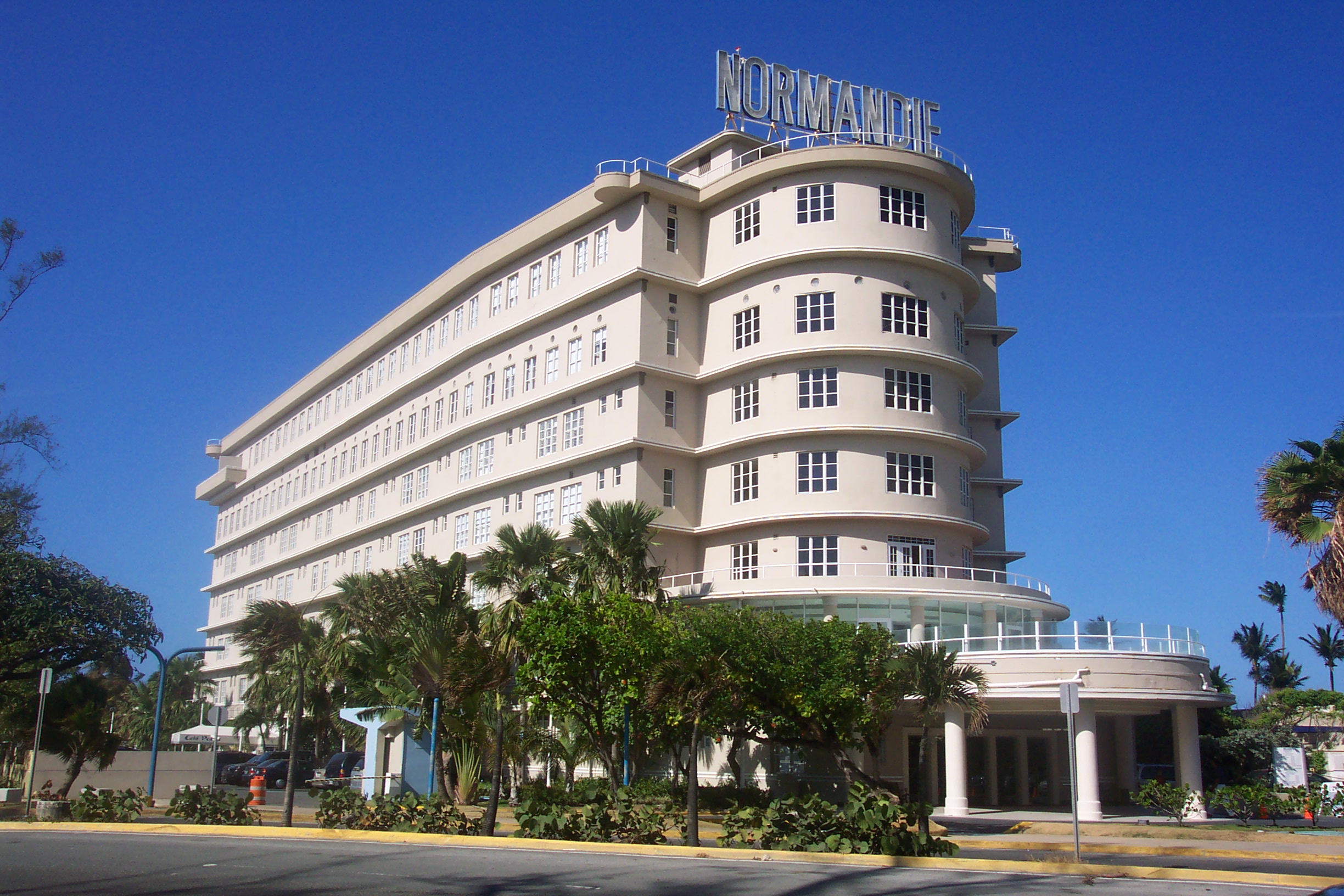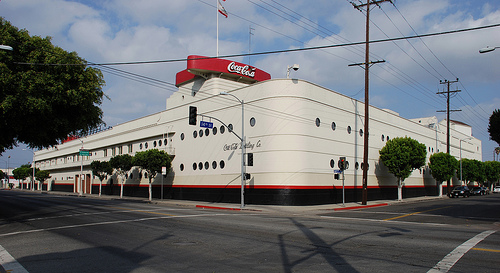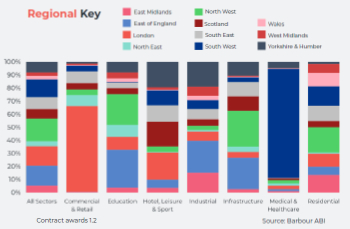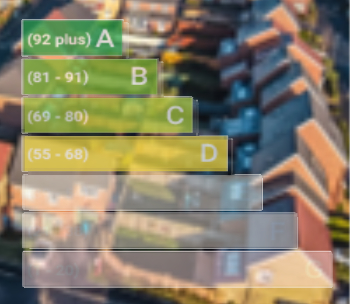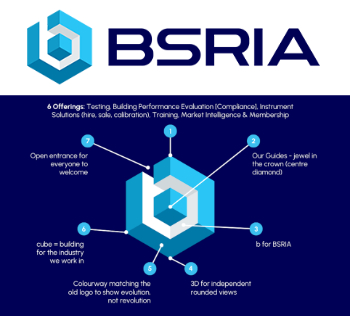Art Moderne
Art Moderne, also known as ‘Streamline Moderne’, is an architectural style that developed out of 1930s Art Deco. It was seen as a response to the Great Depression, designing buildings to be more streamlined and austere as opposed to the ambitious, opulent forms of Art Deco.
Buildings of the Art Moderne style were designed to emphasise simple geometry, incorporating curving forms, long horizontal lines and occasionally nautical elements.
The European Bauhaus movement was influential on American designers who adopted the principle of taking classical architecture in its simplest form, stripped of ornamentation or ‘excess’, unlike the chevrons, zigzags and decoration of Art Deco.
Art Moderne buildings were typically designed in low, horizontal shapes as opposed to Art Deco’s tendency towards tall and vertical buildings. They were also usually white, whereas Art Deco buildings embraced colour. The sharp angles of Art Deco were replaced with simple, aerodynamic curves. Exotic timbers and stone were replaced with stucco, cement and glass.
Some of the most common characteristics of the Art Moderne style include:
- Low, horizontal and asymmetrical.
- Flat roofs with no eaves.
- Rounded corners.
- Smooth, white walls.
- Wraparound, porthole and glass block windows.
- Steel balustrades.
Some of the well-known built examples include:
- The Normandie Hotel, San Juan (see top image).
- Daily Express Building, Manchester.
- Midland Hotel, Morecambe.
- Ford Building, San Diego.
- De La Warr Pavilion, Bexhill-on-Sea.
- Coca-Cola Building, Los Angeles (see above).
[edit] Related articles on Designing Buildings Wiki
- Architectural styles.
- Art Deco.
- Art Nouveau.
- Arts and craft movement.
- Bauhaus.
- Beaux Arts style.
- Chicago school of architecture.
- Classical Revival style.
- Constructivist architecture.
- Deconstructivism.
- Futurist architecture.
- Italian Renaissance revival style.
- Metabolism.
- Mimetic architecture.
- Modern building.
- Modernist architecture.
- PWA Moderne.
- Skyscraper.
- Spanish Colonial revival style.
- Tudor revival style.
Featured articles and news
Spring Statement 2025 with reactions from industry
Confirming previously announced funding, and welfare changes amid adjusted growth forecast.
Scottish Government responds to Grenfell report
As fund for unsafe cladding assessments is launched.
CLC and BSR process map for HRB approvals
One of the initial outputs of their weekly BSR meetings.
Architects Academy at an insulation manufacturing facility
Programme of technical engagement for aspiring designers.
Building Safety Levy technical consultation response
Details of the planned levy now due in 2026.
Great British Energy install solar on school and NHS sites
200 schools and 200 NHS sites to get solar systems, as first project of the newly formed government initiative.
600 million for 60,000 more skilled construction workers
Announced by Treasury ahead of the Spring Statement.
The restoration of the novelist’s birthplace in Eastwood.
Life Critical Fire Safety External Wall System LCFS EWS
Breaking down what is meant by this now often used term.
PAC report on the Remediation of Dangerous Cladding
Recommendations on workforce, transparency, support, insurance, funding, fraud and mismanagement.
New towns, expanded settlements and housing delivery
Modular inquiry asks if new towns and expanded settlements are an effective means of delivering housing.
Building Engineering Business Survey Q1 2025
Survey shows growth remains flat as skill shortages and volatile pricing persist.
Construction contract awards remain buoyant
Infrastructure up but residential struggles.
Warm Homes Plan and existing energy bill support policies
Breaking down what existing policies are and what they do.
A dynamic brand built for impact stitched into BSRIA’s building fabric.







